In the summer of 2013 I had heard rumors that a coaling tower existed somewhere near Bangor, Maine, not far from my summer home in Bass Harbor. Without hesitation I decided to stalk and photograph it before it succumbed to the act of creative destruction. Sadly it is a mindset that seems to rule the day in our land where productivity is the primary measure of the worth of the built environment.
After extensive research on the Internet and in my Maine atlas, I found what I was looking for at Northern Maine Junction, several miles west of Bangor, where the Bangor and Aroostook Railroad (BAR) and Maine Central Springfield Terminal Railroad intersected. Today the BAR has changed hands and is known as the Montreal, Maine and Atlantic Railway. In its heyday the BAR transported passengers and mail up and down the state, shipped wood products for the paper mills and hauled potatoes southward to Searsport, a deepwater port. The satellite view on the Google map indicated the existence of an extensive railyard, round house, turntable and most importantly a coaling tower. I knew the latter was a coaling tower because it cast a long shadow on the ground plane. I was just as excited as Heinrich Schliemann, the famous German archeologist, who set out in 1868 to find Homer’s ancient city of Troy. Now it was my time to stalk the coaling towers on the BAR.
With spirits buoyed, I reasoned that if there was one coaling tower there might be more within a 50-mile radius. Returning to Google satellite maps, my eyes were attracted to another telling long shadow near the small town of Derby. There I discovered a coaling tower, repair shops, a transfer table, roundhouse, turntable, railyard and mainline truss bridge over the Piscataquis River. From my aerial viewpoint everything appeared to be in working order. Bingo! Without wasting more time I headed to Derby one week later.
Here my reconnaissance proved to be fruitful again. The concrete coaling tower, evidently built in the 1930s, was a gem with one of its coal chutes still dangling under the coal bin. Truth be told, I felt like I had gone to railroad heaven. This was a real working railroad shop where locomotives and rolling stock were being repaired or refurbished. No tourist railroad here. Before leaving Derby, railroad management encouraged me to visit two more coaling towers that existed in Millinocket and Oakfield.
Once I passed beyond the housing, I carefully walked through the rail yard to digest a diverse array of railroad detritus lying before me. The coaling tower was in better shape physically than its counterparts found at Northern Maine Junction and Derby. There were no coal chutes but everything else was there including cables, pulleys and the requisite lift equipment used to hoist the coal to the top of the tower. The picturesque but dilapidated remains of a giant coal storage shed, resting in repose at the foot of the tower, were overwhelmingly evocative in nature. No coal was left inside the latter because most of the roof had caved in. It was a handsome wreck. Lurking nearby were an operating turntable and three surviving stalls of an eight-stall concrete round house. Collectively all of these elements added up to an awe-inspiring experience on the BAR, even though steam engines dropped their fires long ago.
Later in the afternoon I drove another fifty miles to Oakfield where I was rewarded again with the existence of another concrete coaling tower that was built in 1933. I know the exact date because it was cast into the concrete wall of the coal bin. It is interesting to note that each of the five towers that I had found was graced with a distinctive red plaque attributing the design and construction to the Roberts and Schaefer Co. Chicago, USA. Two of the towers had cylindrical shaped coal bins while the other three were square. None the less each tower had a distinctive yet different morphology that suited its particular function either as a mainline structure or yard facility.
After stalking the BAR for three days in the summer of 2013 I was left with the unmistakable feeling that I had been granted a rare glimpse into the essence of a remarkable, picturesque railroad that had cut its teeth on hard times, a variegated landscape and a demanding climate.
David Kahler is vice president of the Center for Railroad Photography & Art. He served as president of Kahler Slater Architects, Milwaukee, Wisconsin, for nearly three decades. He is now president and design advisor of DK Consulting and splits his time between Pittsboro, North Carolina, and Bass Harbor, Maine.





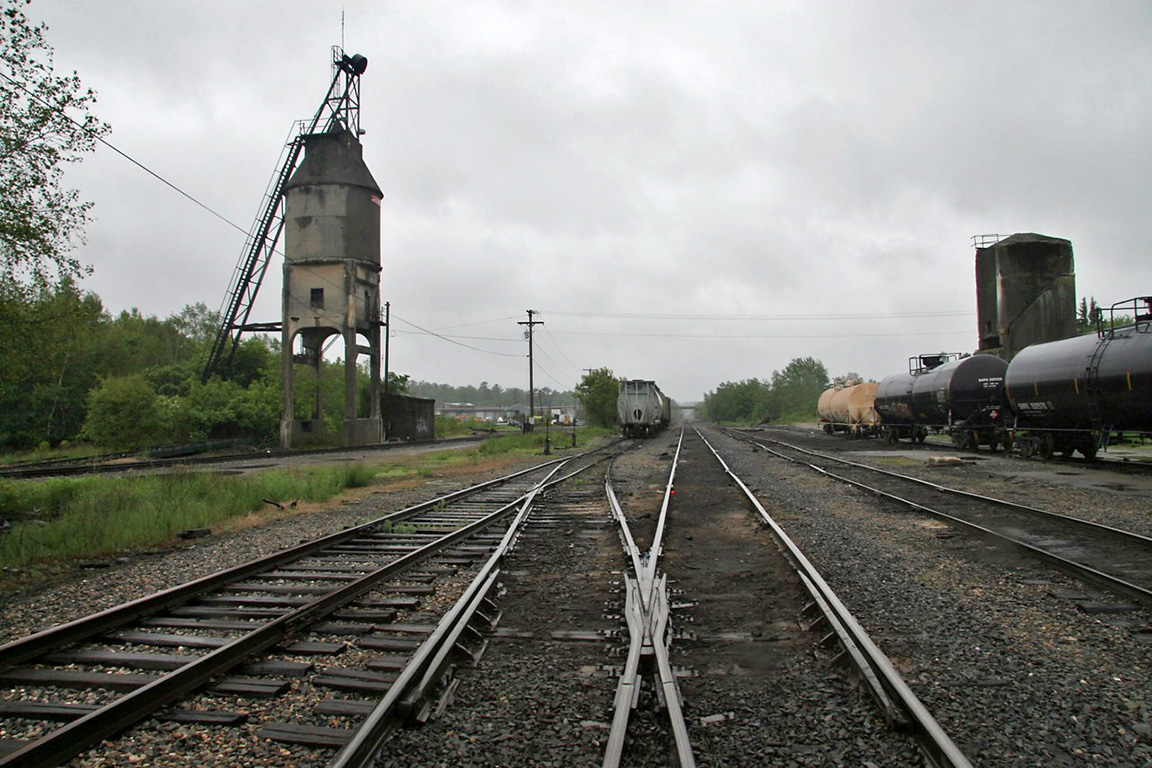



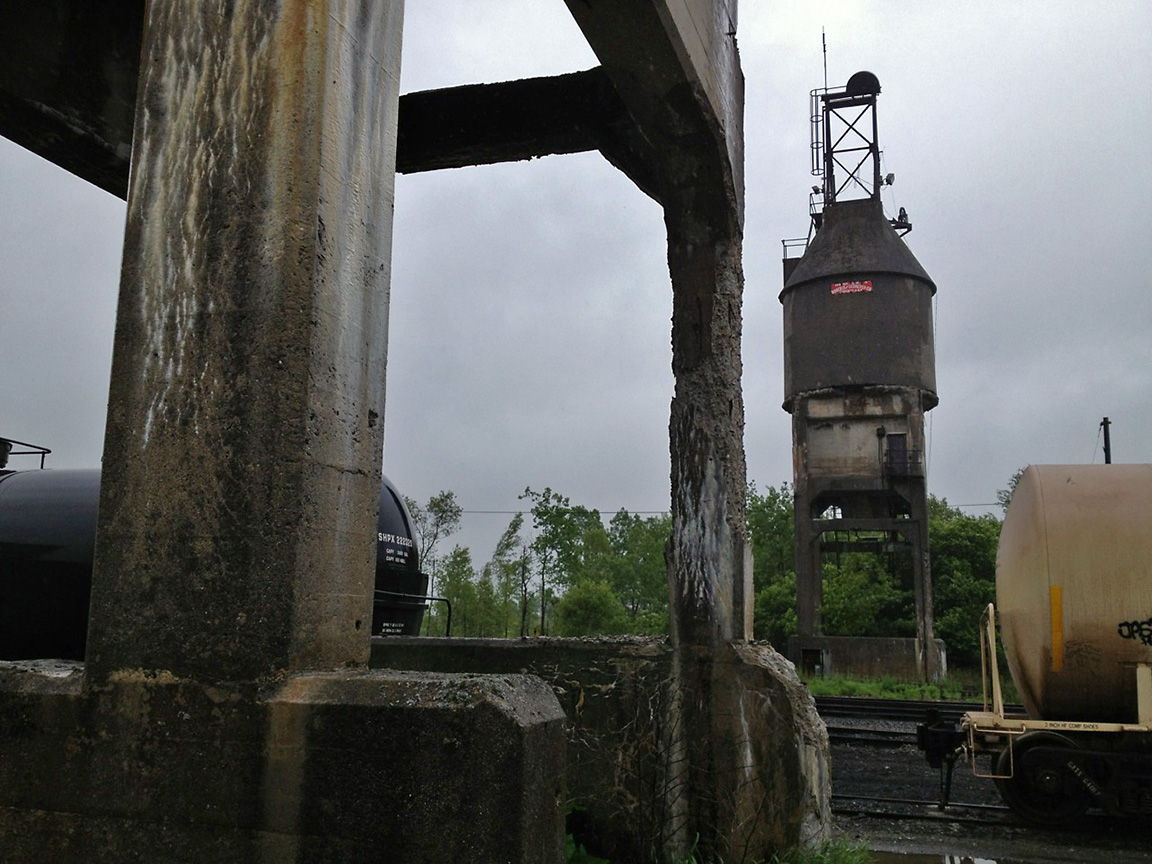
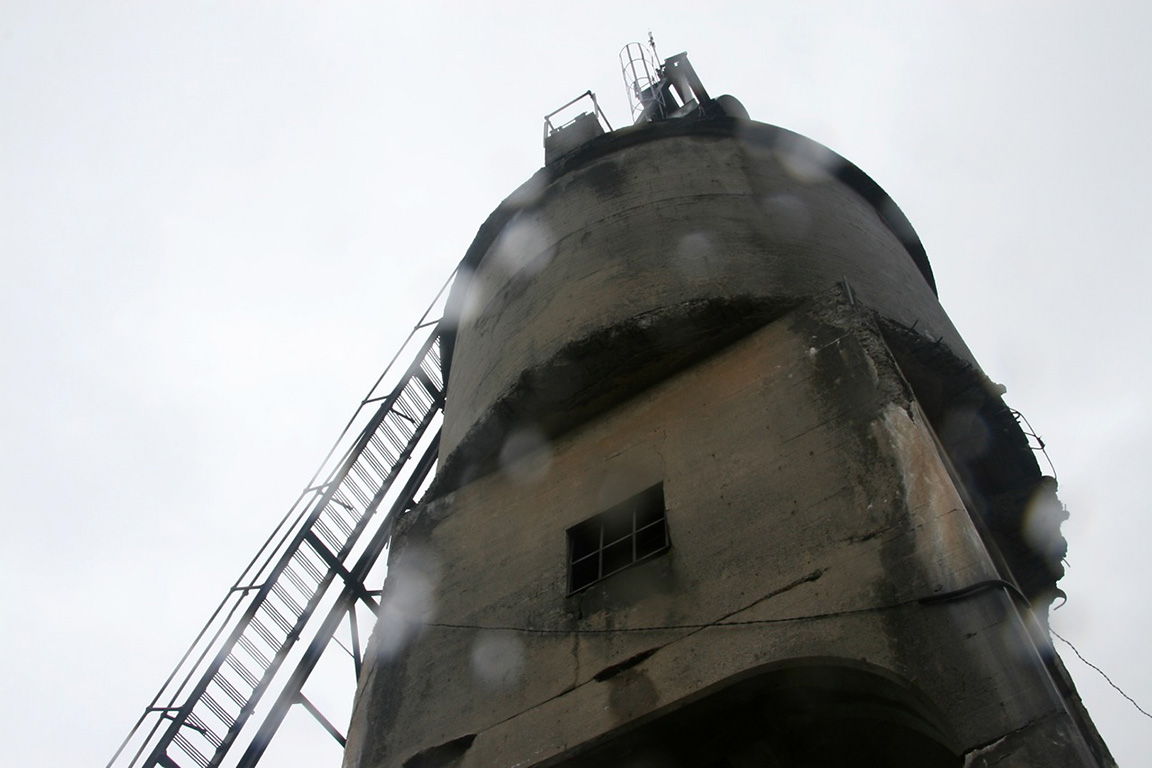
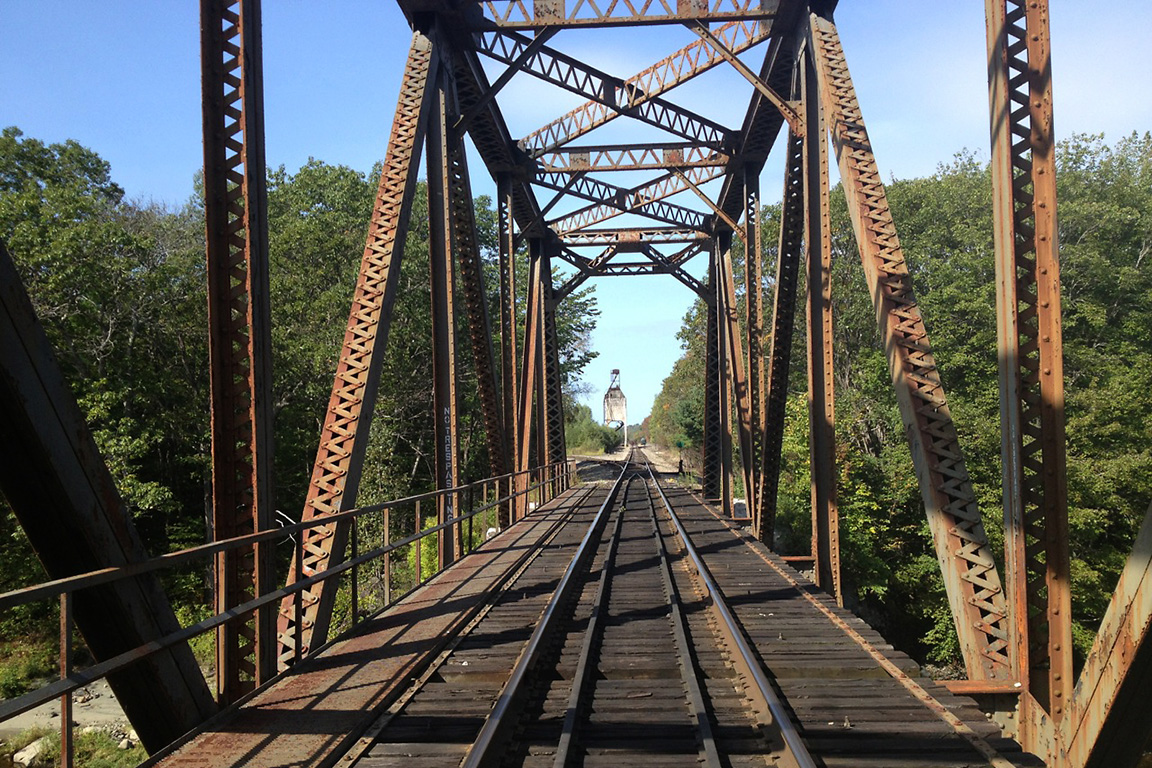
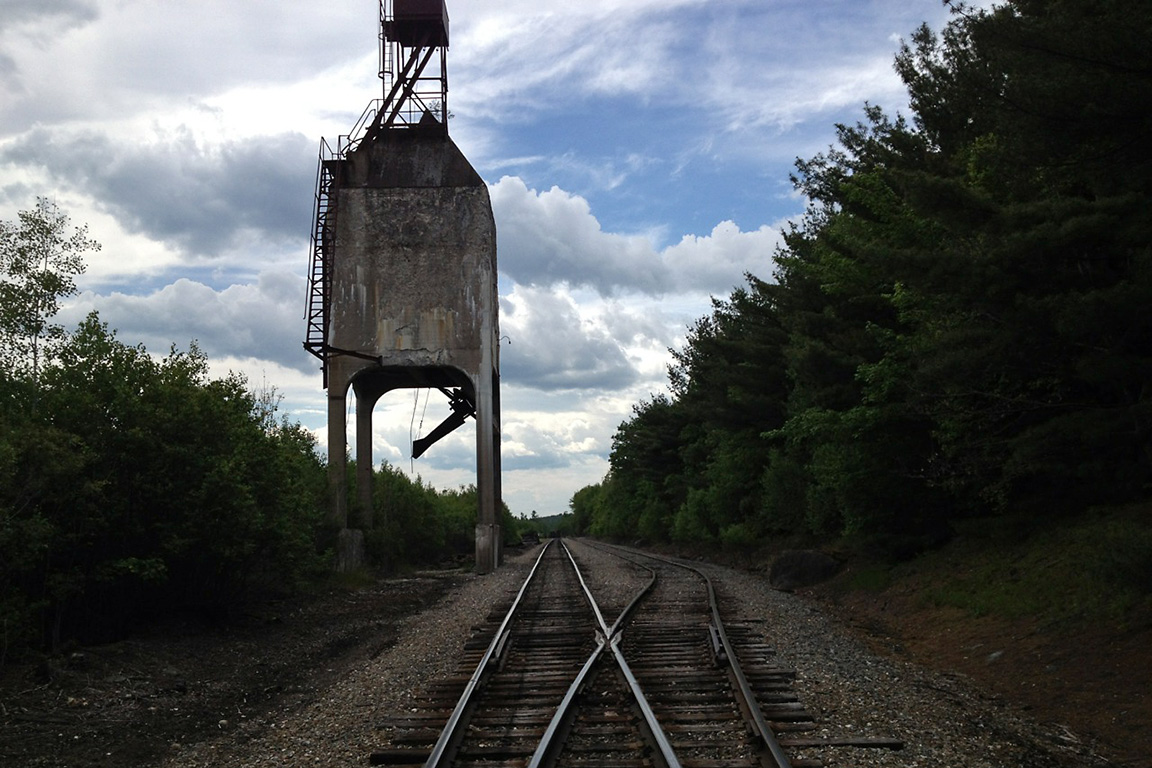
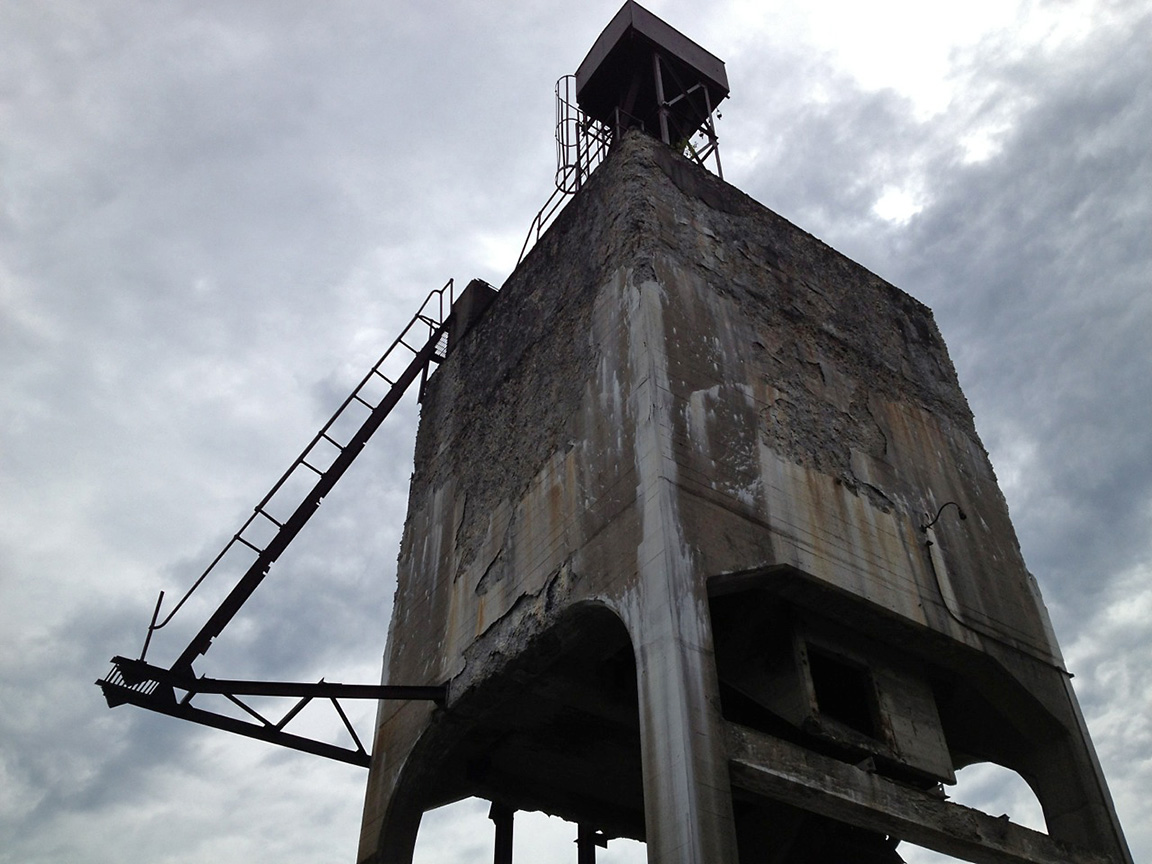
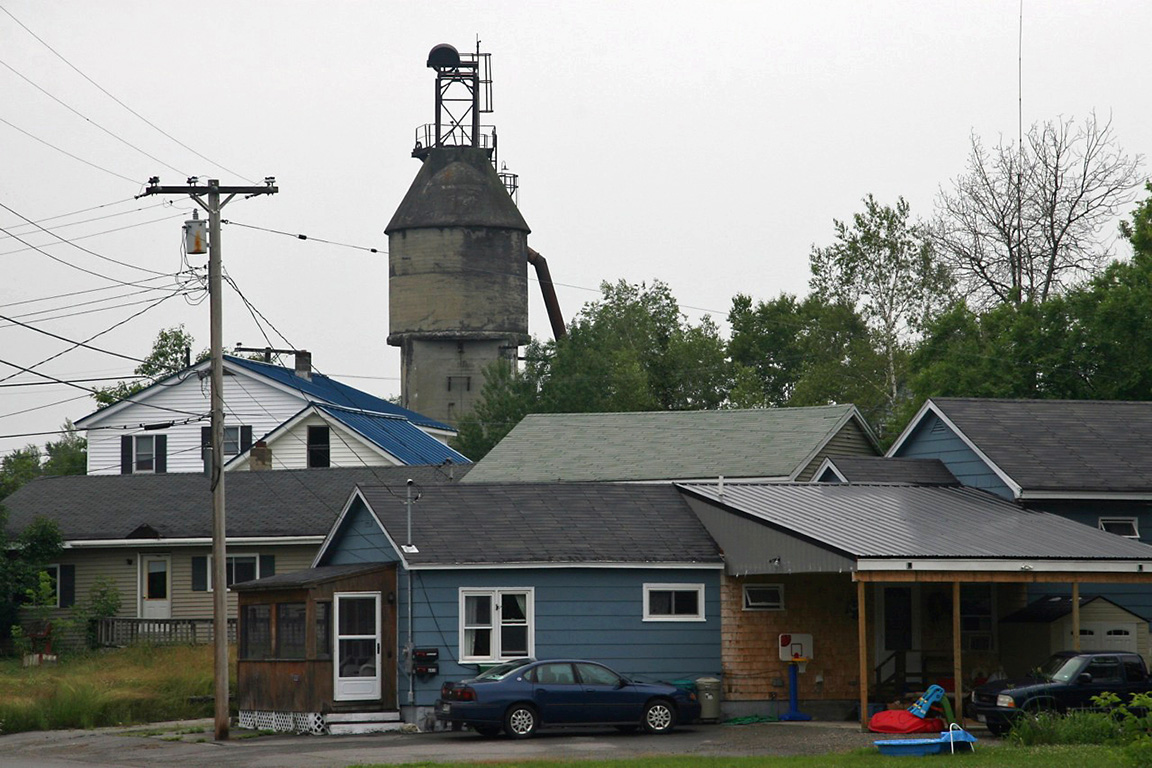
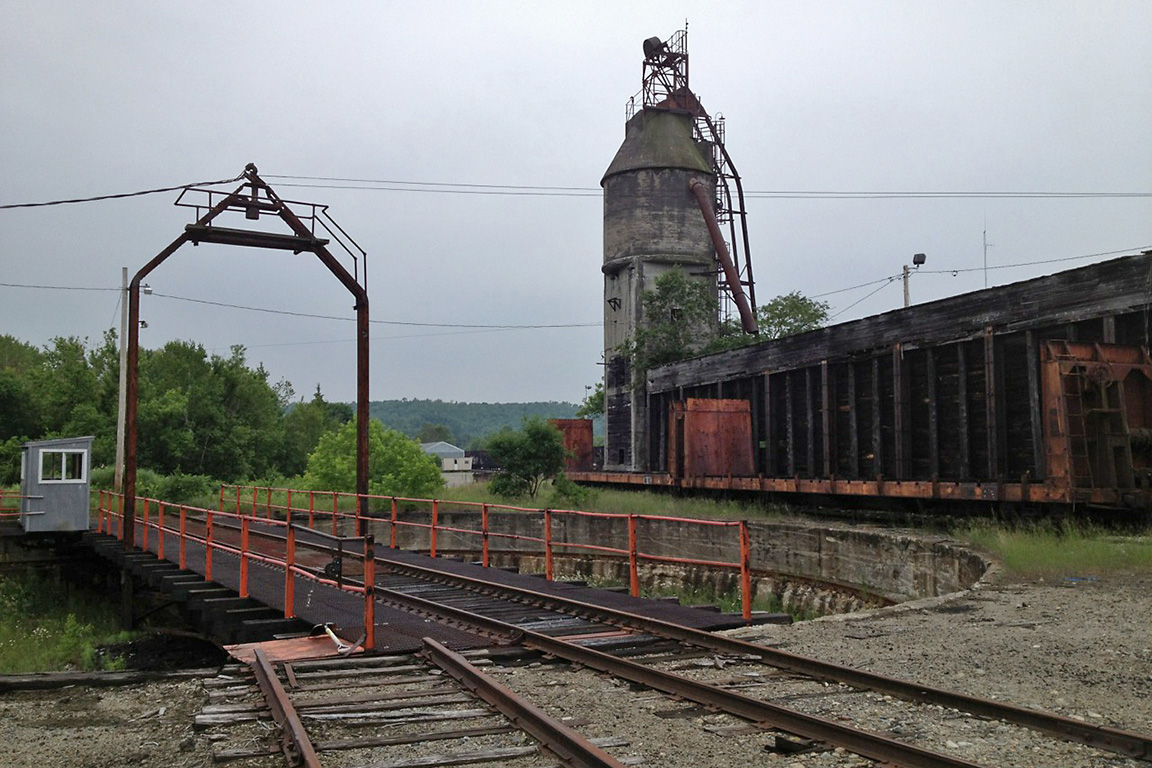
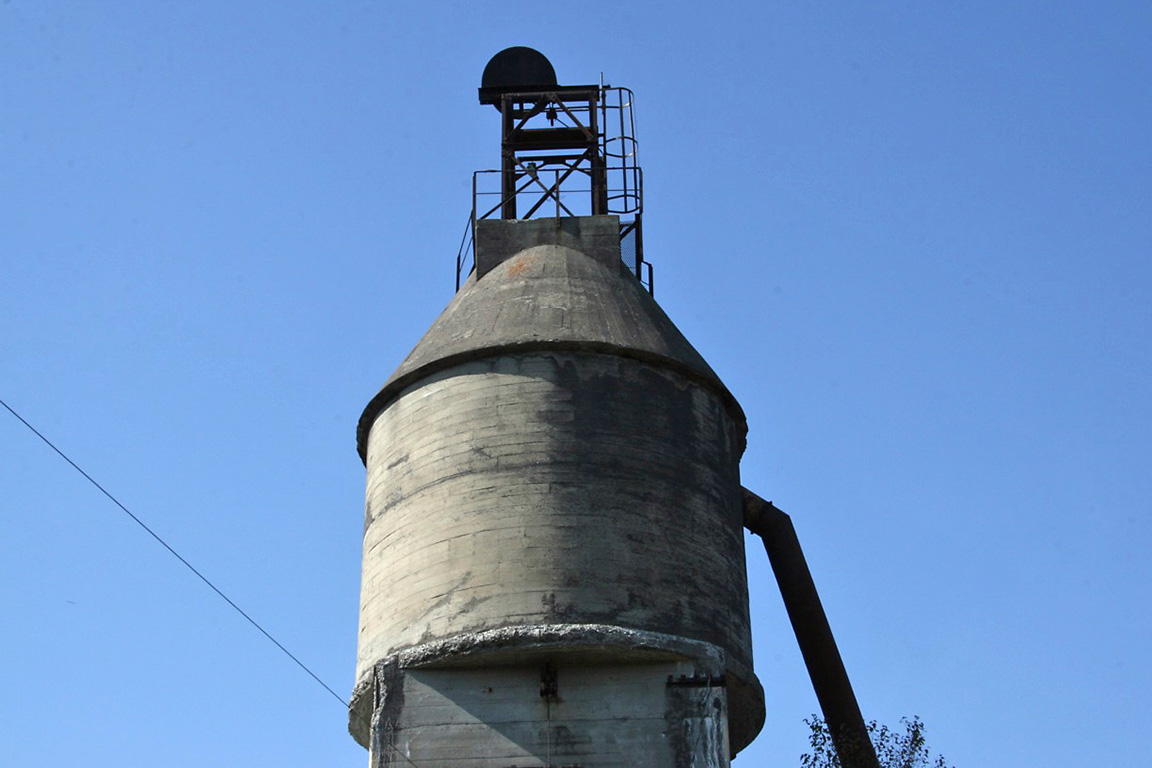
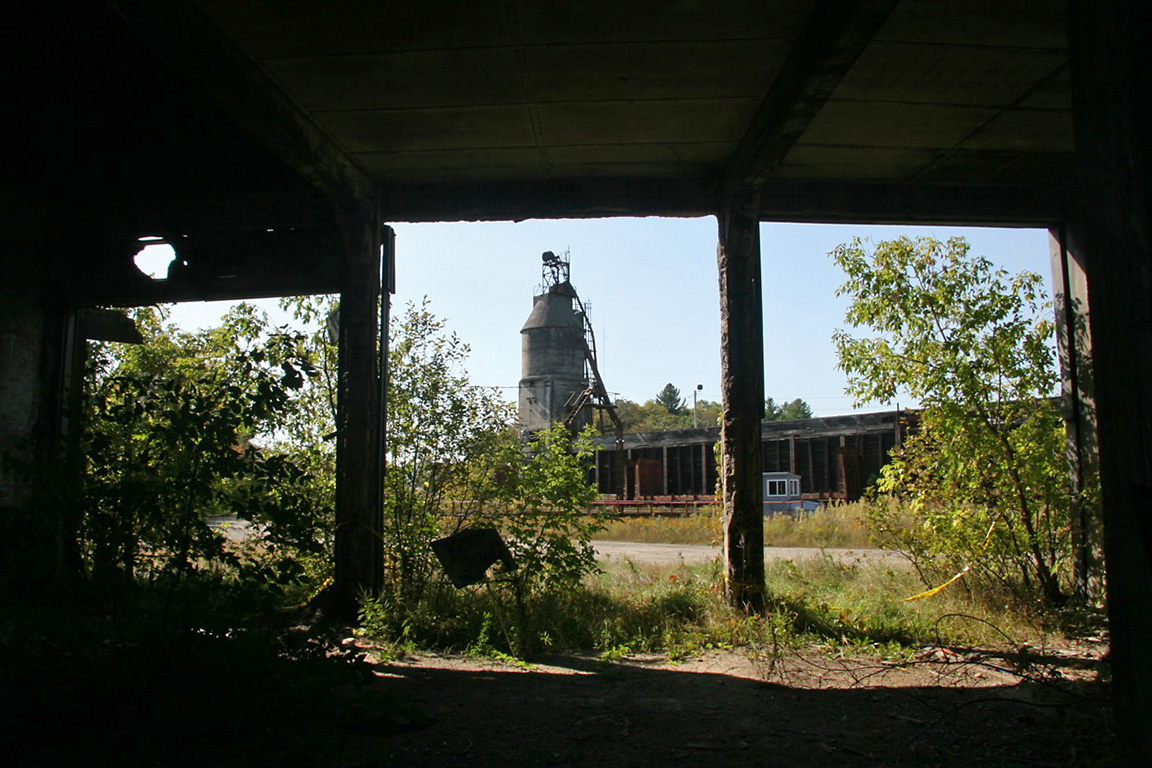
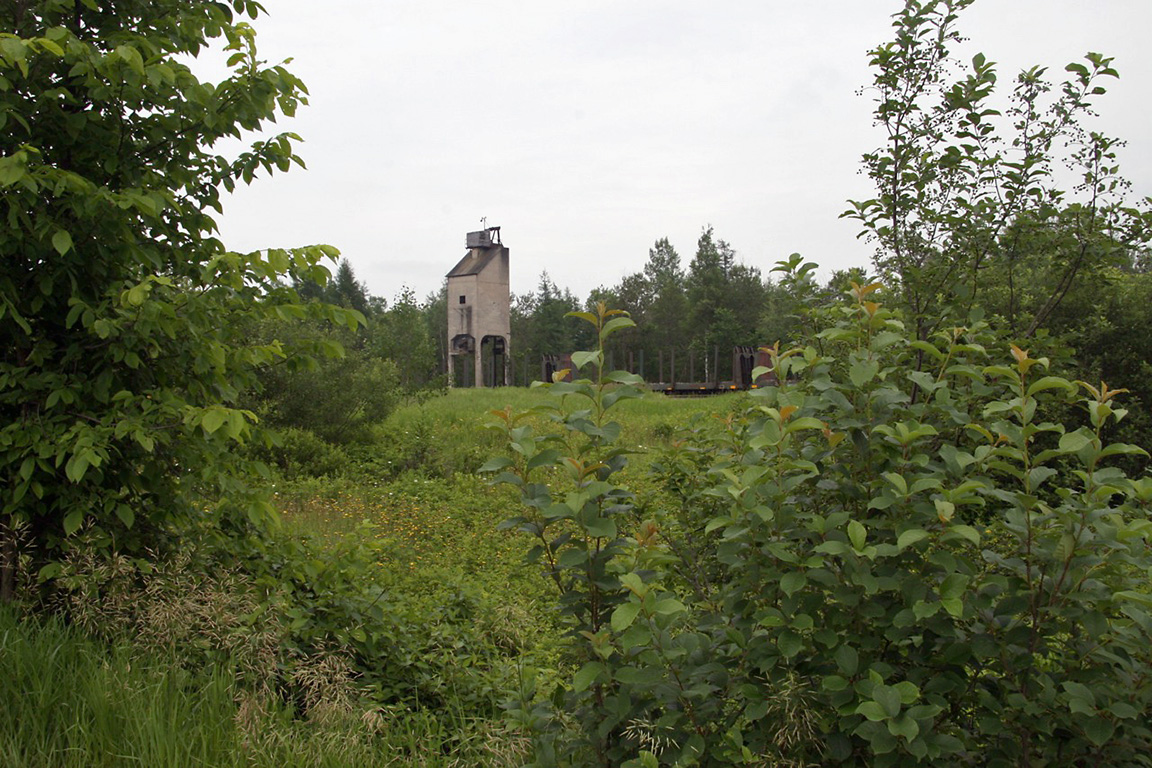
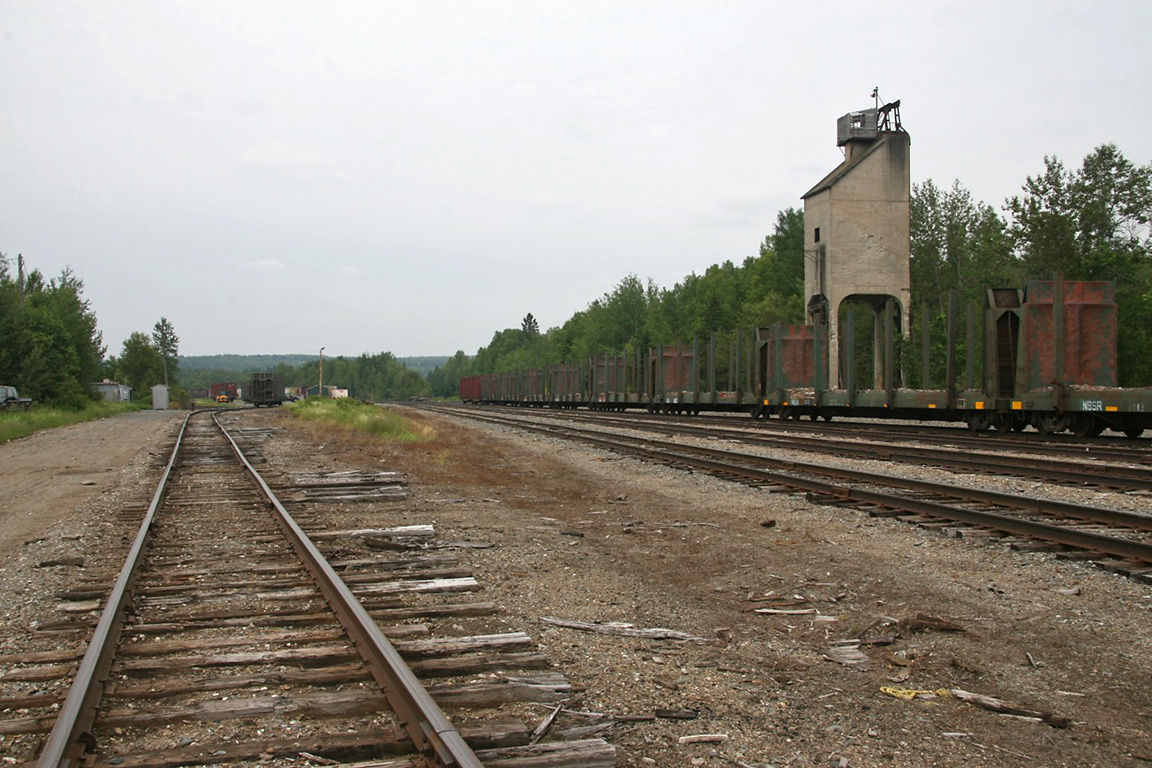



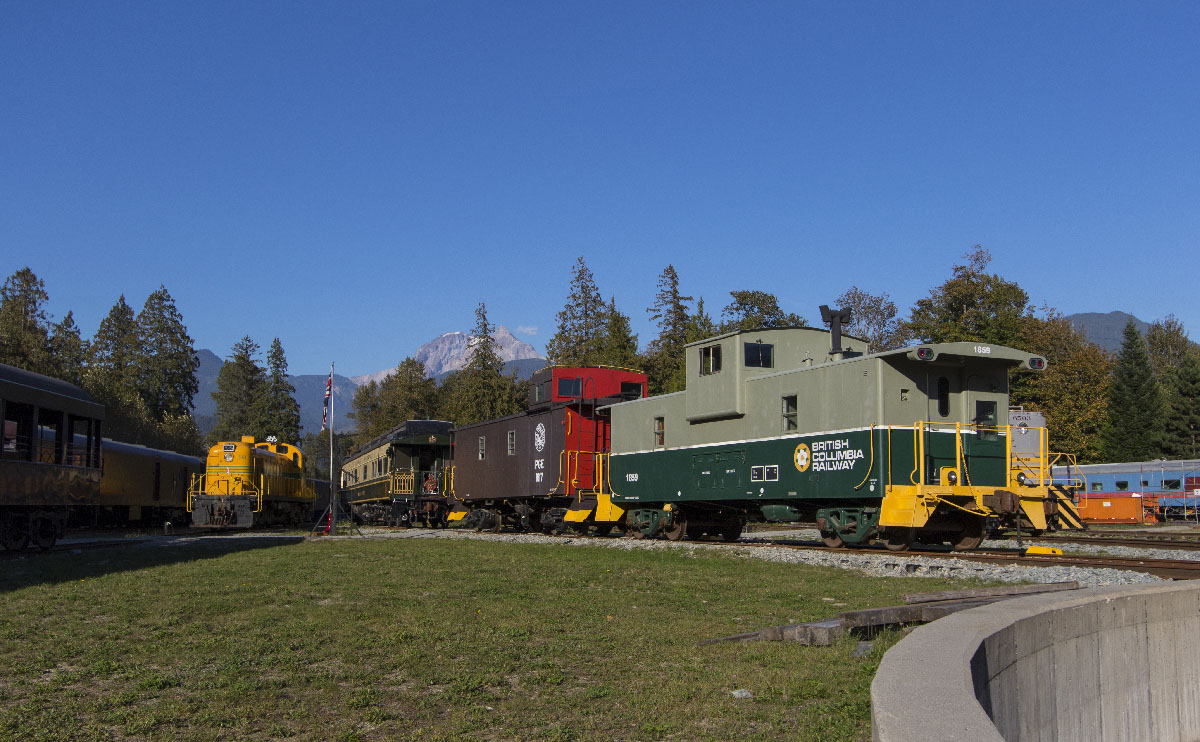
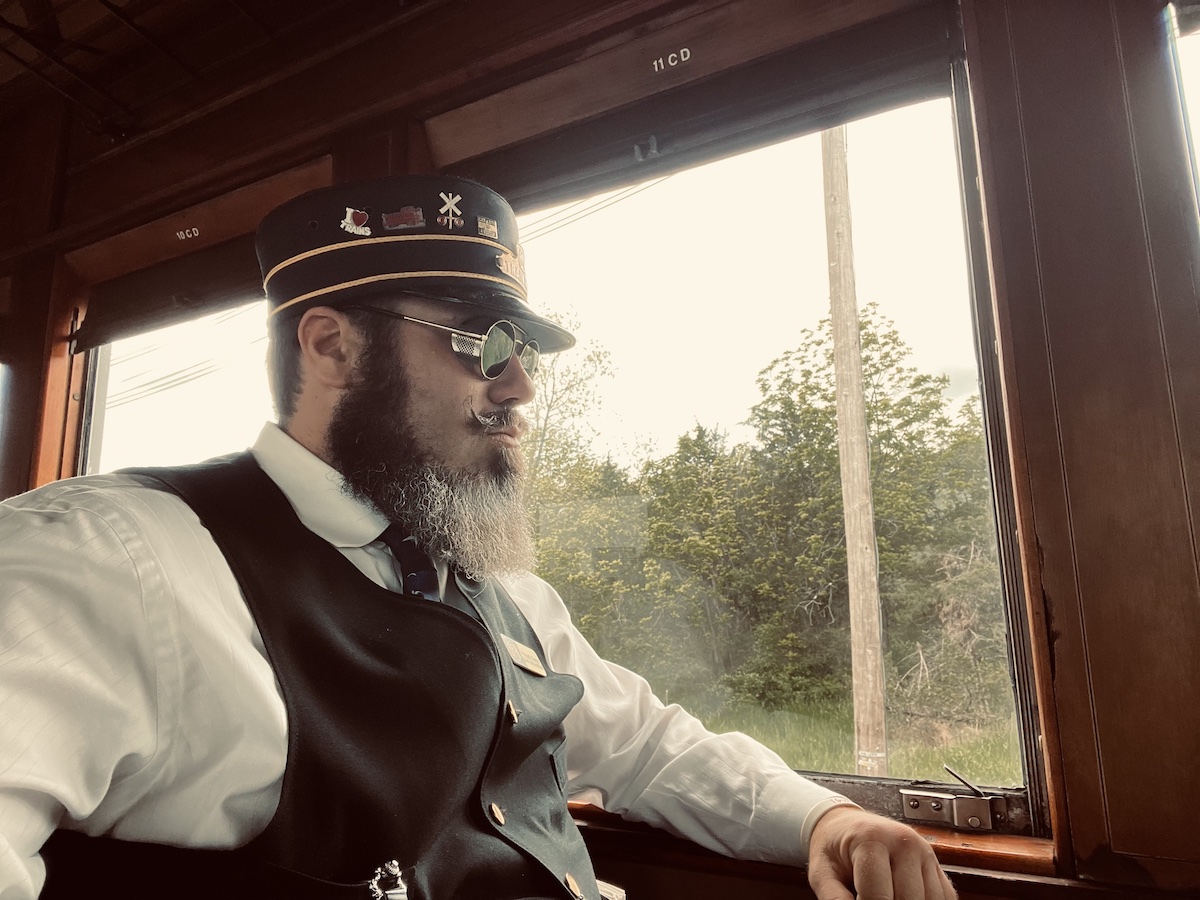
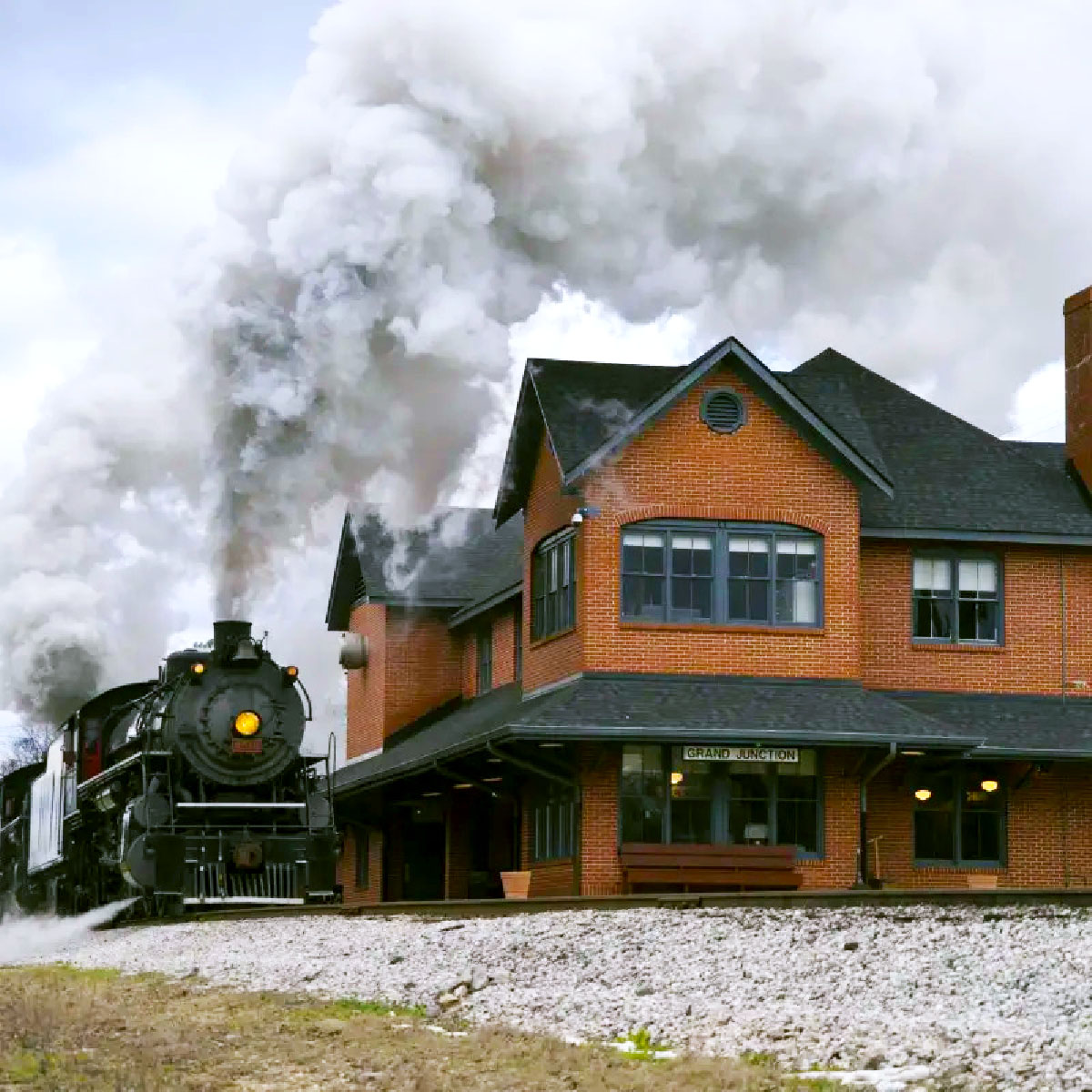
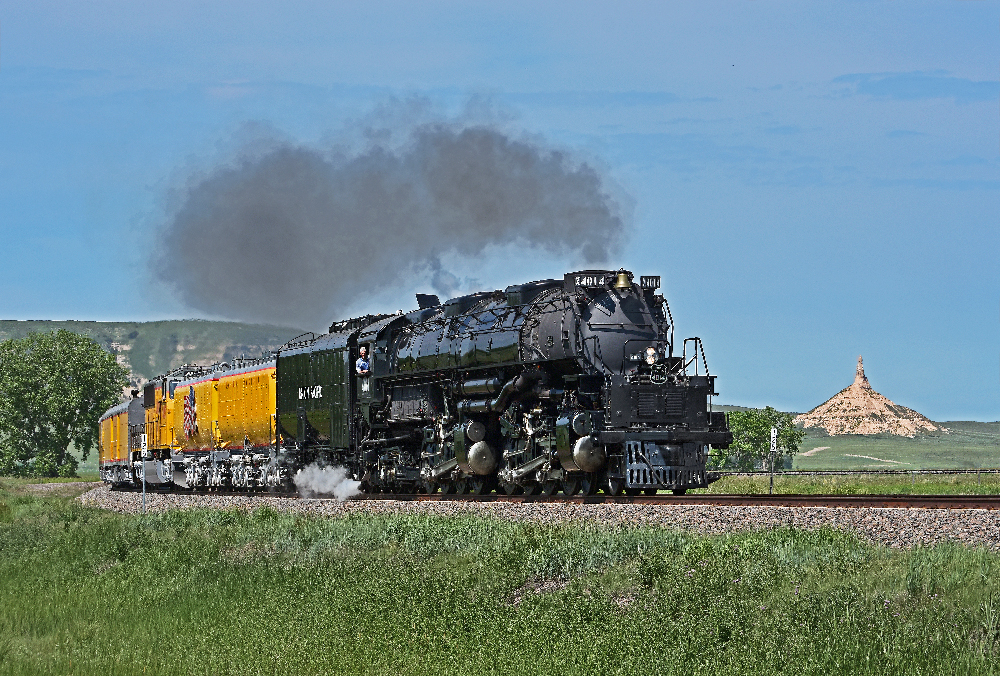




Love this, was able to map out this out on Google Earth, not sure the date of the current imagery, but it was nice to be able locate these and the associated facilities as noted by the author.
This is world-class work–both the haunting photographs, and the thoughtful narrative.
well done for photographing these iconic structures they are a great reminder to a bygone era sadly there is only 1 concrete coaling tower in England at Carnforth in Lancashire which was one of the last three steam sheds along with Rose Grove and Lostock Hall at the end of steam in August 1968.Carnforth station was used in the making of the film Brief Encounter.Charles Coleman England